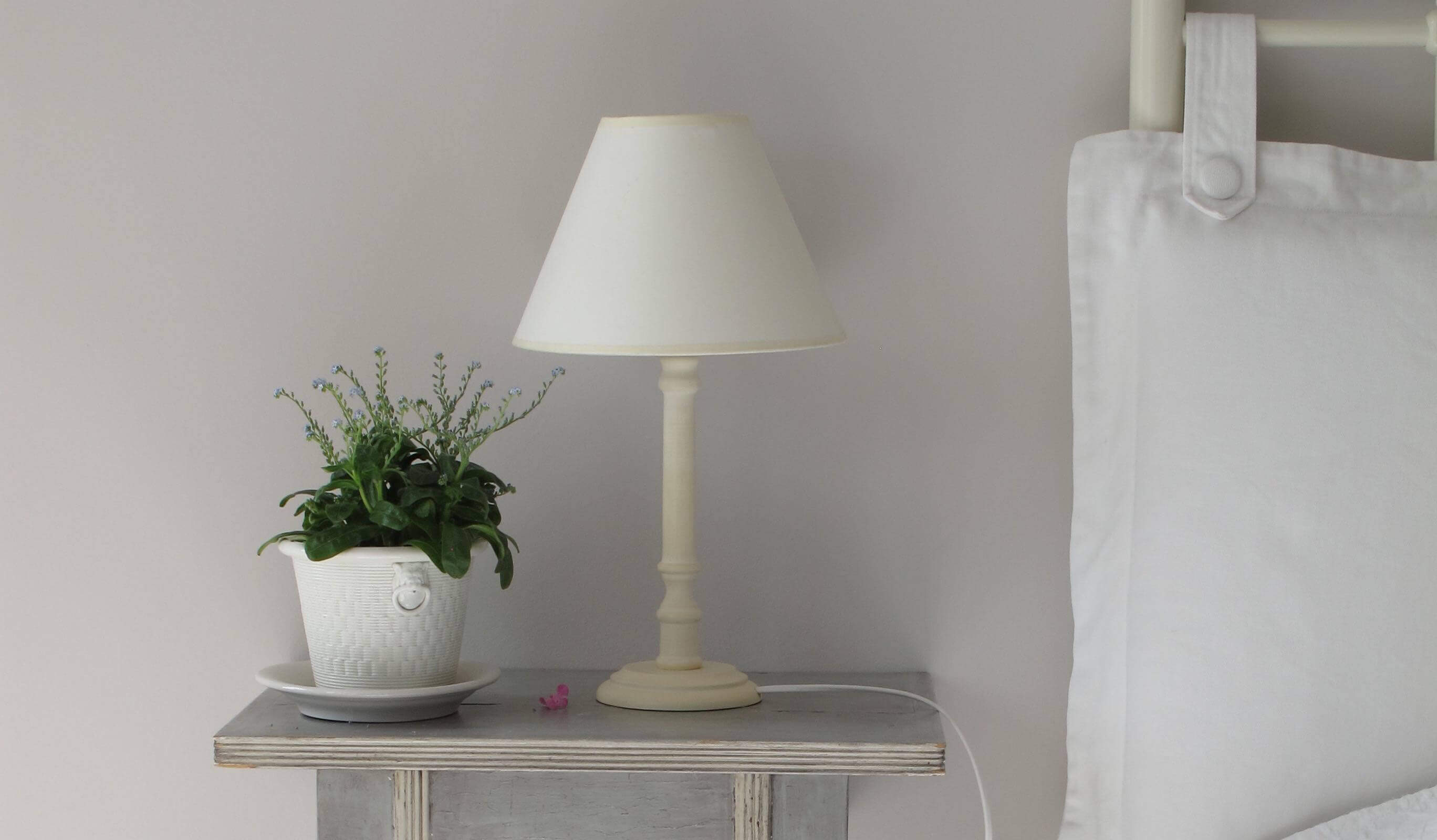Cue your mind that it’s time for sleep.
make sure to properly moderate light levels to cue the brain for sleep.

make sure to properly moderate light levels to cue the brain for sleep.

Humans, like most daytime animal, used to be sensitive to the natural rhythms of the day and the night, awake during the day and retire to sleep at night. The circadian rhythm within our brains is well known as the sleep timing mechanism that dictates when we get tired and sleep or when we wake from sleep.
With the invention of the electric light in the late 1800s, our exposure to longer hours of light and our ability to control those hours of light has caused our circadian rhythms to be influenced by how much light we expose ourselves to in the evenings. If you stay up late into the night, your body will naturally tend to shift its sleep schedule toward the hours you keep.
Exposure to light in the middle of the night can also play havoc with our internal clock. Waking in the middle of the night and turning on the light can often mean it’s harder to fall asleep again.
The way light influences our internal clock is through “light sensitive” cells in the retina of the eye. These cells are located next to the cones and rods that perceive shapes and colors, and are responsible for informing the brain whether it’s daytime or nighttime. As we use light longer into the evenings, the brain adjusts to what it perceives as longer days, and shifts our sleep schedule later into the night and early morning.
Electronics form a large part of our culture now in how we interact with others and entertain ourselves. While it’s common for most people to be using electronics of one form or another right up until they shut the lights out to sleep, it’s not recommended. Evidence suggests that the different wavelengths of light emitted from our screens can cause activity in our brain that will reduce sleepiness and prolong falling asleep. It’s a good rule of thumb to shut off all electronics and screens at least half an hour to an hour before trying to fall asleep.
Bedside lights are used by many of us for the times we’re in our bedroom getting ready to sleep, or when we’re awake in our bed reading or doing another activity. While bright light is great for reading, turning off the overhead light and using a soft bedside light will help train your body for sleep. It’s the body’s perception of light that controls the secretion of melatonin, a hormone that helps us sleep. Light inhibits melatonin, so the gradual reduction of light leading up to sleep can help queue our bodies that it’s time to rest.
Apart from a soft bedside light, it can be a good idea to get night lights for dark hallways on the way to the bathroom. Turning on a big light in the middle of sleep, or in the middle of the night before trying to sleep again can throw your sleep promoting hormones for a loop and make it much harder to fall asleep again.
We’ve talked about levels of light and controlling the use of light before bedtime and in the middle of the night, but all these practices and pieces of advice will be greatly strengthened by sticking to a sleep rhythm and schedule. It’s amazing the body’s ability to instinctively remember a time of day if an action is repeated at a certain time each day. Sleep can be such an action. By keeping to a regular bedtime and routine before going to sleep, you can over time program your body to remember it’s time to sleep and thus fall asleep much faster each day and get the proper amount of rest.